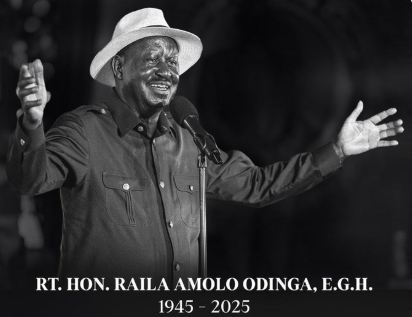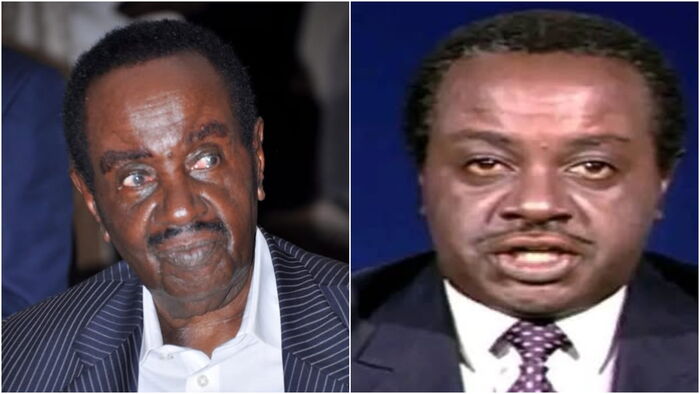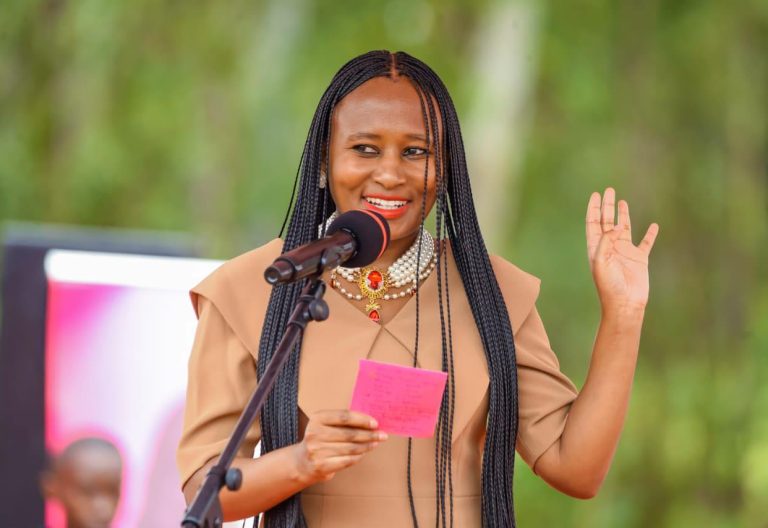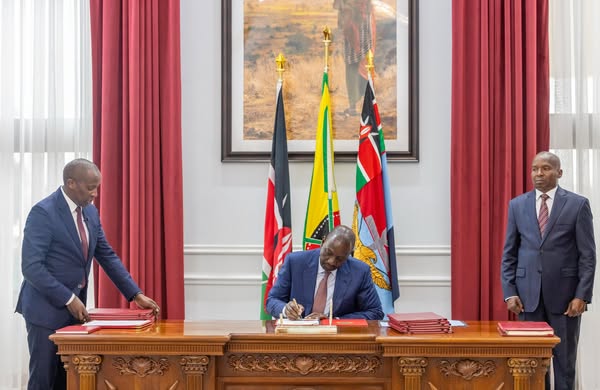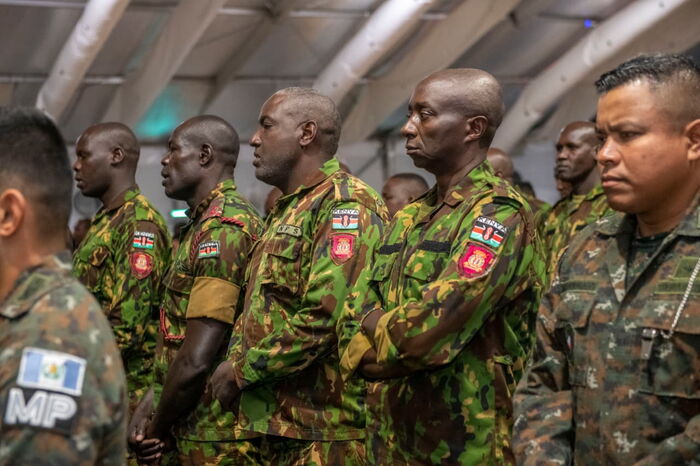
In an urgent strategic pivot, the Haiti security crisis has drawn fresh commitment from the United States, which is calling for immediate arrests, targeted sanctions and backing the establishment of a robust “gang suppression” force to confront the mounting wave of violence and instability.
Diplomatic signals dropped this week reveal Washington pressing for the draw-up of a multinational mission empowered to detain and dismantle criminal networks that now dominate vast swathes of Port-au-Prince and surrounding regions. Under one proposed blueprint, the international contingent would number approximately 5,500 personnel — uniformed officers supported by civilians — and be authorised to execute “intelligence-led, targeted counter-gang operations”.
At the same time, the U.S. Treasury has slapped fresh sanctions on prominent Haitian gang figures, marking a twin approach of enforcement at sea and boots on the ground. One financial targeting labeled as a “significant” role in enabling armed networks, including extortion, kidnappings and systemic violence — a clear signal that Washington will leverage both diplomatic tools and field operations to reverse the tide.
Why the urgency now?
The situation in Haiti has escalated to what the United Nations Security Council describes as a “perfect storm of suffering,” with state authority fractured, gangs controlling critical urban territory, and the humanitarian toll soaring.
The existing mission — the Kenya-led Multinational Security Support Mission (MSS) — has been widely acknowledged as under-resourced and unable to meet the challenge. It deployed fewer than 1,000 personnel against a planned 2,500, and has struggled to regain territorial control or secure key infrastructure.
In response, the U.S. and partner nations are pushing a resolution to transform the MSS into a more robust force with broader powers and stronger logistical backing. The objective: halt the expansion of criminal networks, restore security in civilian zones, and enable political and electoral processes that have been paralysed for years.
What the new force will look like
- The force would total approximately 5,500 uniformed personnel plus around 50 civilians, operating initially for a 12-month term.
- It would be empowered to conduct arrests and detentions of gang suspects, a clear upgrade from the current model.
- Support structures include a dedicated UN technical log-istics office, financial mechanisms, and a special representative for oversight and coordination.
- Contributing countries may include those already in Haiti under MSS, but the U.S. appears to be pushing for fresh commitments and clearer resourcing.
Sanctions and enforcement: a dual track
While the international expedition is being planned, the U.S. is not waiting on boots alone. Sanctions have been imposed on influential gang leaders and enabling actors in Haiti. One statement by the U.S. characterised such individuals as “evading accountability” as the violence continues to spiral.
This dual strategy — combining coercive financial tools with kinetic and policing measures — signals a shift in Washington’s posture: from backing a stabilisation mission to demanding decisive offensive action.
Risks and political undercurrents
The stakes are extremely high. Critics caution that past interventions in Haiti faltered not solely for lack of will but for structural weaknesses: inadequate funding, unclear mandates and poor local buy-in. The proposed force will need to overcome these same pitfalls.
There is also the question of sovereignty and optics. A foreign-led force with arrest powers in Haiti could spark contention among local actors wary of external control. Ensuring Haitian alignment and legitimacy will be essential.
Implications for regional and global security
The chaos in Haiti has wide-ranging implications: migration pressures, cross-border instability in the Caribbean, and a strengthening of transnational criminal networks exploiting governance vacuums. The U.S.’s move underscores that the crisis is not just Haitian but of hemispheric concern.
With the launching pad now laid, the world will be watching closely: will this new force restore order — or will it mirror the shortcomings of its predecessor? One thing is certain: after years of spiralling violence, the time for incremental adjustment has passed. Immediate, concentrated action appears to be Washington’s new course.


